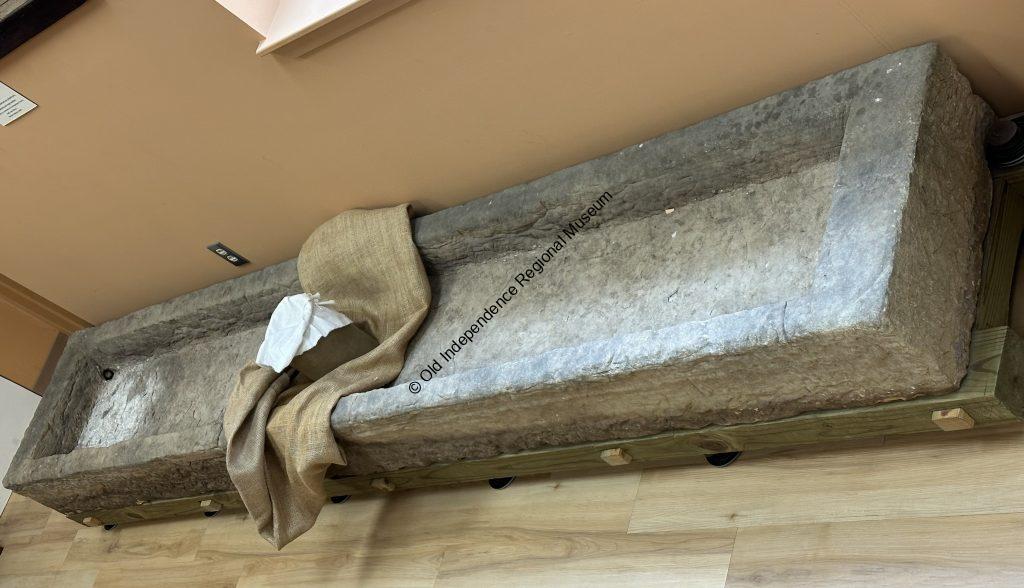Milk Trough
Modern refrigeration has only been readily available since the 1930s. Before that, milk had a short shelf life unless it was somehow preserved.
The methods used for storing milk vary across the world. In some indigenous tribes, milk was stored in the animal. In other words, the cows were close enough at hand that when milk was needed, the owner would simply milk the amount necessary into a container for immediate use.
Not everyone was within arm’s reach of their milk producing animal, though, and storing milk for later use was essential.
A spring house was a simple wooden (usually) structure built atop a spring. Milk and other items stored in jars would be placed in the cold spring water beneath the structure to keep it temperate throughout the hot summer months.
Many methods utilize porous terra cotta pots. In one, the pot is first submerged in cold water to infuse the porous surface. When the milk, which arrived fresh from the cow at a piping 110°, entered the terra cotta pot, the milk’s temperature decreased rapidly. A cloth rinsed in cold water acted as a top to the pot.
Pot-in-a-pot refrigeration, or zeer, proves helpful in arid regions where humidity levels remain low. A terra-cotta pot is lined on the inside with wet sand, then a second terra-cotta pot is placed inside it and a wet cloth covers the opening. The inner pot can have a glazed interior to keep anything from penetrating the milk within it.
This milk trough is yet another example of ingenuity if a creek is a distance from the settlement and a spring house is not practical. This stone milk trough has a sizeable hole perfect for inserting a corncob plug. Once it was filled with cool creek water, the milk was placed in terra-cotta pots and covered with wet cloths. Any time the water’s temperature rose, the corncob stopper was removed to drain the water and cooler water was added.

